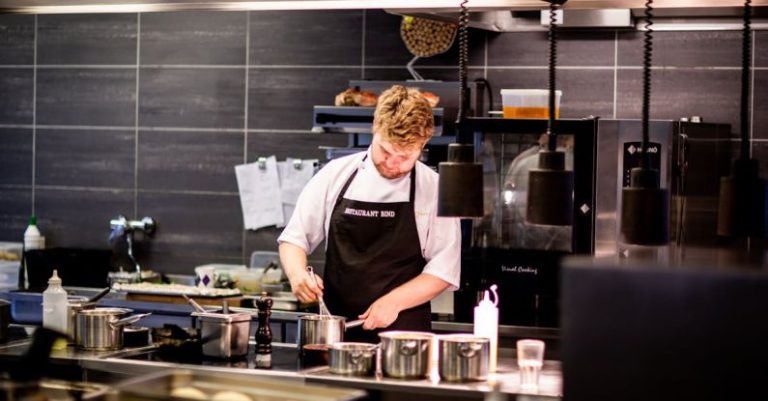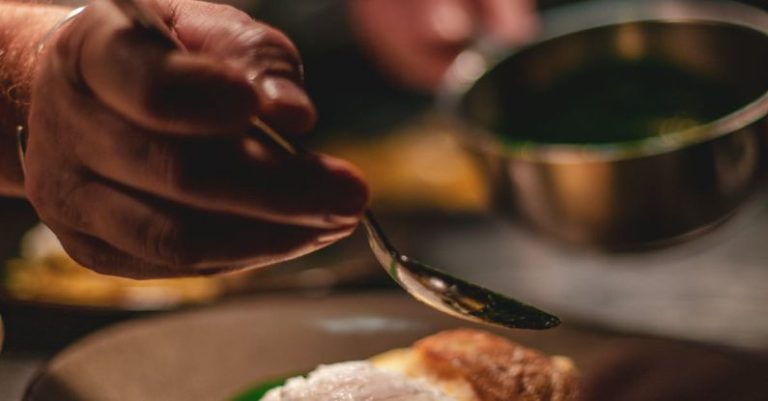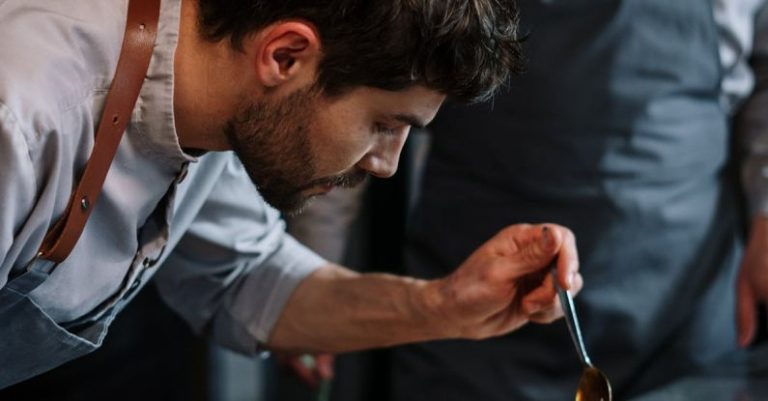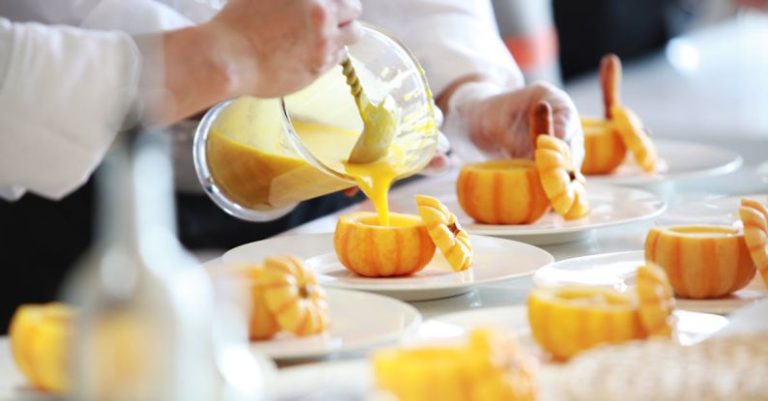
In the dynamic world of culinary arts, chefs are constantly faced with the challenge of balancing creativity and cost in their dishes. The ability to create innovative and delicious meals while keeping expenses in check is a delicate art that requires skill, experience, and strategic thinking. Let’s delve into how chefs navigate this fine line to deliver exceptional dining experiences without breaking the bank.
The Creative Process
At the heart of every great dish is creativity. Chefs draw inspiration from a myriad of sources, including their cultural heritage, personal experiences, and culinary trends. Experimentation plays a crucial role in the creative process, as chefs push boundaries and challenge traditional norms to craft unique flavor profiles and presentations that excite the palate.
Creativity in the kitchen often involves thinking outside the box and incorporating unconventional ingredients or techniques. Chefs may draw on their knowledge of different cuisines to create fusion dishes that marry diverse flavors and textures. Presentation also plays a vital role in the creative process, as chefs use artistic plating techniques to enhance the visual appeal of their dishes.
Despite the freedom that creativity affords, chefs must also be mindful of cost implications when developing new menu items. While premium ingredients and elaborate preparations can elevate a dish, they can also drive up costs significantly. Chefs must strike a balance between innovation and affordability to ensure that their creations are financially viable for their restaurants.
Sourcing Ingredients
One of the key factors that influence the cost of a dish is the quality and availability of ingredients. Chefs must consider factors such as seasonality, sustainability, and local sourcing when selecting ingredients for their menu. Seasonal produce is not only fresher and more flavorful but also tends to be more affordable, as it is abundant during certain times of the year.
Sourcing ingredients locally can also help chefs reduce costs, as they can avoid expensive import fees and support small-scale producers in their communities. By developing relationships with local farmers and suppliers, chefs can access high-quality ingredients at competitive prices, allowing them to create delicious dishes without overspending.
Innovative Techniques
In addition to ingredient selection, chefs can employ innovative cooking techniques to enhance the flavor and presentation of their dishes while keeping costs in check. Sous vide cooking, for example, allows chefs to achieve precise temperature control and consistent results, resulting in tender and flavorful meats without the need for expensive cuts.
Fermentation and pickling are other techniques that chefs can use to add depth and complexity to their dishes while extending the shelf life of ingredients. By harnessing the power of natural fermentation processes, chefs can create unique flavor profiles that elevate their dishes without requiring costly ingredients.
Menu Engineering
Menu engineering is a strategic approach that chefs use to optimize the profitability of their menus while catering to the preferences of their diners. By analyzing sales data, cost of goods, and customer feedback, chefs can identify high-margin items that drive revenue and low-margin items that may need to be reevaluated or replaced.
One common technique in menu engineering is the use of anchor items, which are high-profit dishes that attract customers and drive sales. Chefs may pair these anchor items with lower-cost dishes to create a balanced menu that appeals to a wide range of diners while maximizing profitability.
In Conclusion
Balancing creativity and cost is an ongoing challenge for chefs in the culinary industry. By harnessing their creativity, sourcing quality ingredients, employing innovative techniques, and engaging in menu engineering, chefs can create exceptional dishes that delight diners while maintaining financial sustainability for their restaurants. The ability to strike this delicate balance is a testament to the skill and expertise of chefs who are dedicated to delivering unforgettable dining experiences without compromise.





